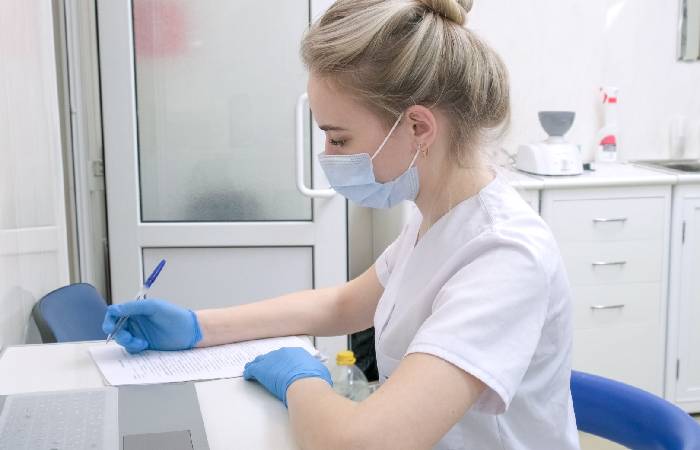Pharmacist prescribing outpaced by nurses
In Clinical
Follow this topic
Bookmark
Record learning outcomes
Prescribing by nurse independent prescribers (NIPs) rose by 125 per cent between 2013 and 2022 in Scotland.
In contrast, the data for pharmacists and allied health prescribers (PAHP) “demonstrate diminishing responsibility for primary care prescribing with a consistent annual reduction in prescribing frequency from 2016”.
Researchers examined the 10 most commonly prescribed drugs within primary care in Scotland between 2013 and 2022 (omeprazole, ramipril, amlodipine, aspirin, simvastatin, atorvastatin, salbutamol, co-codamol, levothyroxine and paracetamol). Community pharmacists prescribed omeprazole, co-codamol, paracetamol and aspirin. PAHPs issued prescriptions for all these drugs except aspirin.
PAHPs’ prescribing in primary care “was minimal” compared with GPs, NIPs and community pharmacists, so the authors combined results for community pharmacists and PAHPs (called ‘pharmacists’ below).
In 2013/14, GPs issued 97.5 per cent of primary care prescriptions. ‘Pharmacists’ and NIPs contributed 1.9 and 0.6 per cent respectively.
In 2021/22, GPs issued 97.3 per cent of prescriptions. ‘Pharmacists’ and NIPs contributed 1.5 and 1.3 per cent respectively. So NIP prescribing increased by 125 per cent from 2013 to 2022. Prescribing by ‘pharmacists’ decreased by 20.5 per cent.
The authors conclude that “although independent and supplementary prescribing is well recognised in the UK, health professionals with an independent prescribing qualification contribute a relatively small proportion of primary care prescribing in relation to medical practitioners”.
Macvicar, Sonya & Paterson, Ruth. (2023). Characteristics of prescribing activity within primary care in Scotland 2013-2022 of general practitioners, nurse, pharmacist and allied health prescribers: A retrospective cross‐sectional study. Journal of Advanced Nursing. n/a-n/a. 10.1111/jan.15658.

